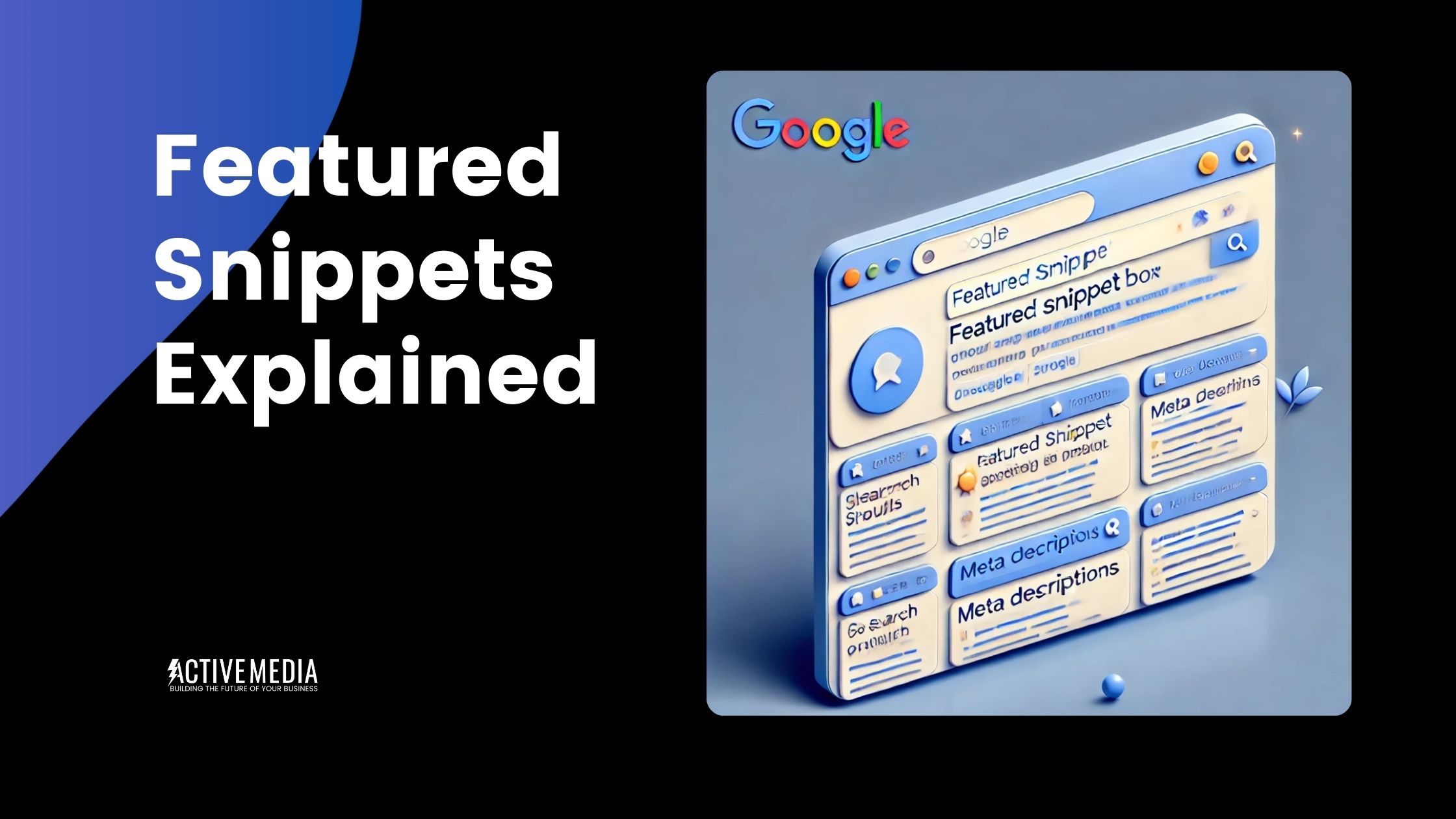Introduction: Understanding the Impact of Effective Paid Search Management
Paid search management plays a pivotal role in any digital marketing strategy, especially given the competitive nature of today’s online environment. Investing in paid search marketing goes beyond purchasing ad space; it’s about strategically positioning your brand to attract high-intent prospects at the moment they’re searching for what you offer. This advertising approach, commonly known as Pay-Per-Click (PPC) or Search Engine Marketing (SEM), enables precise targeting of specific audiences, ensuring your ads gain prominent visibility on search engines like Google and Bing for relevant keyword searches.
When managed effectively, paid search can enhance your online presence, increase website traffic, and significantly boost sales and revenue. With advertisers globally investing nearly $200 billion in search campaigns, reflecting on the impressive return on investment (ROI) this method can yield when properly executed.
Yet, achieving success in paid search campaigns is not just about the investment but also involves a strategic approach, continuous monitoring, and regular optimization to maximize the return on every dollar spent. This article will explore essential tips and strategies for optimizing your ROI through effective paid search management.
1. Strategic Keyword Selection and Bidding
Choosing the right keywords is pivotal in the realm of paid search management, where the success of your campaigns hinges on this critical step. Selecting appropriate keywords ensures your ads reach the audience most likely to engage with your products or services. Key factors to consider when selecting your keywords include:
Understanding the search intent behind keywords is essential. Keywords fall into informational, navigational, commercial, and transactional intents. For instance, transactional keywords like “buy men’s black long-sleeve shirts” show a strong purchase intent, making them invaluable for conversion-driven campaigns.
Long-tail keywords, or more specific phrases with lower search volumes, like “carpet cleaning services in Clarington,” are less competitive and often yield a higher conversion rate as they closely match the user’s search intent.
Incorporating branded keywords can capture traffic already familiar with your brand, typically leading to higher conversion rates and lower cost-per-click (CPC) rates. Utilizing tools such as Google’s Keyword Planner, SEMrush, and SpyFu can aid in identifying relevant keywords, including those utilized by competitors.
After pinpointing the right keywords, optimizing your bidding strategies is essential for maximizing return on investment. Bidding in paid search encompasses more than setting a maximum CPC; it requires a strategic approach to ensure ad visibility to the right audience at the opportune moment.
The bidding competition influences the cost per click, with factors like Quality Score, ad relevance, and the expected impact of ad extensions significantly affecting your ad’s position on the search engine results page (SERP). Employing a mix of bidding strategies, such as Google Ads’ automated Target CPA (Cost Per Acquisition) or Target ROAS (Return On Ad Spend), can allow the algorithm to fine-tune your bids based on performance goals, aiding in achieving an optimal ROI.
Furthermore, allocating your budget based on keyword performance is essential. Invest more in high-converting, competitive keywords and manage costs for those less effective. This approach can be facilitated by budgeting methods that prioritize spending based on the cost and performance of specific keywords. By meticulously selecting keywords and fine-tuning your bidding strategies, your paid search campaigns will be more targeted, efficient, and successful in achieving your business objectives.
Utilizing Advanced Targeting and Segmentation
Advanced targeting and segmentation in paid search management transcend simple keyword targeting, offering unparalleled precision in reaching your audience. By employing geographic and demographic targeting, your campaigns gain a competitive edge.
Geographic and Demographic Targeting
Geographic targeting empowers you to connect with users based on their location, which is especially beneficial for local businesses or those offering region-specific products or services. For example, a restaurant in New York City can configure ads to only show to users within the NYC area, ensuring visibility to potential patrons.
Demographic targeting advances this concept by enabling you to target users based on age, gender, income level, and education, among other demographic attributes. This method aids in creating ads that align more closely with your audience’s needs and preferences. For instance, marketing a luxury brand could involve targeting high-income individuals likely interested in your offerings. Moreover, advanced demographic segmentation may include behavioral and psychographic traits, facilitating highly targeted and personalized marketing strategies.
Understanding each demographic group’s unique preferences and needs allows for more effective messaging and offers, significantly enhancing campaign impact.
Device and Time Targeting
Device targeting adjusts your ads for various devices like desktops, tablets, and mobile phones, catering to the differing user behaviors and preferences across devices. For instance, mobile users may prefer ads that provide quick solutions or prompt immediate action, while desktop users may engage more with detailed content.
Time targeting, or day-parting, schedules your ads to appear at specific times or days when your audience is most active and likely to be receptive. This could mean adjusting your ad scheduling to periods of high activity identified through analytics, such as lunch hours or late evenings, to boost visibility and engagement.
Integrating these advanced targeting strategies enables the creation of highly personalized and effective paid search campaigns, resonating well with your audience and yielding a better return on investment.
Conclusion: Continuous Monitoring and Optimization
In the realm of paid search management, continuous monitoring and optimization are paramount for achieving and maintaining optimal performance. Remember that effective paid search campaigns rely on strategic keyword selection, enhanced ad quality, and advanced targeting strategies.
Continuous monitoring of your campaigns allows you to identify and address issues in real-time, whether it’s optimizing ad copy, refining landing pages, or adjusting bidding strategies. By integrating these practices, you can ensure your ads are highly relevant, visible, and engaging, leading to improved click-through rates, higher conversion rates, and a better return on investment.
Stay vigilant, regularly review and adjust your strategies, and leverage automation tools to streamline your processes. With continuous monitoring and optimization, you can stay ahead of the competition and drive sustained success for your business.






